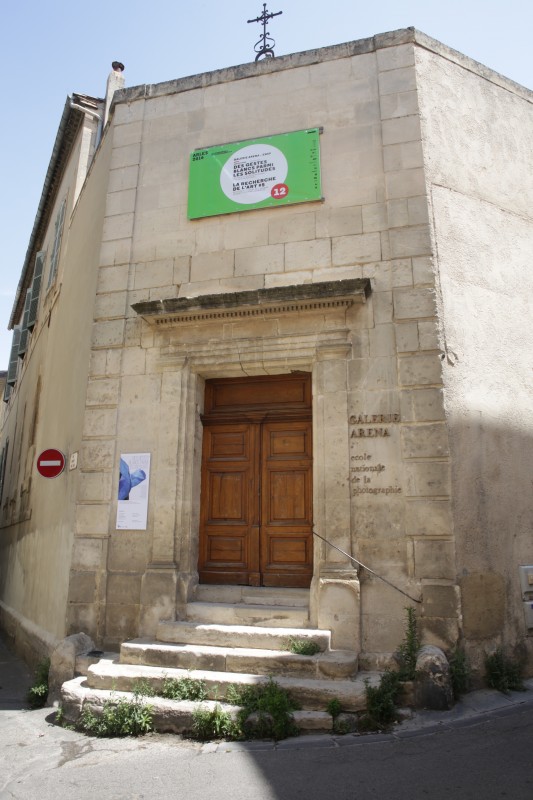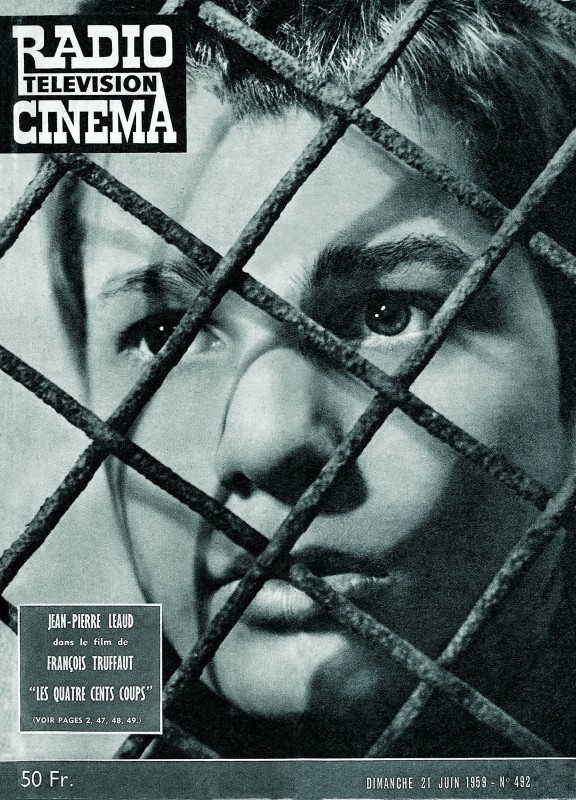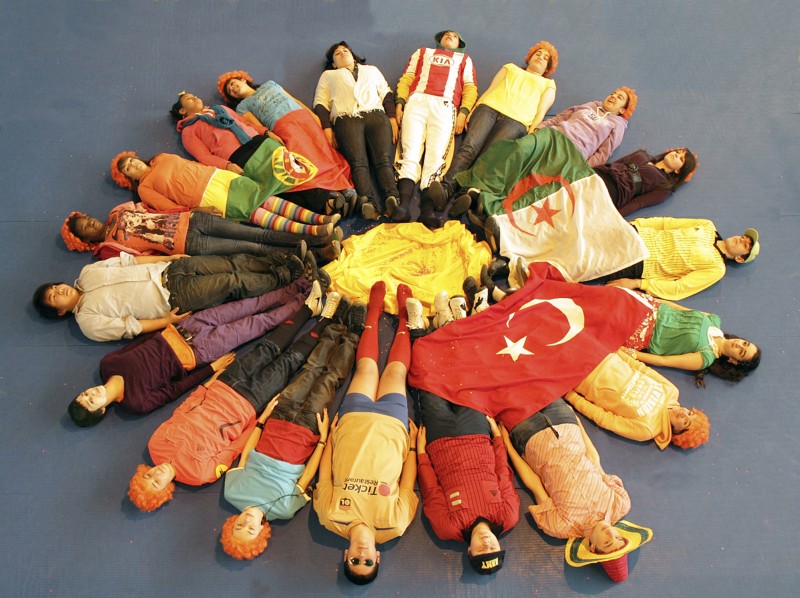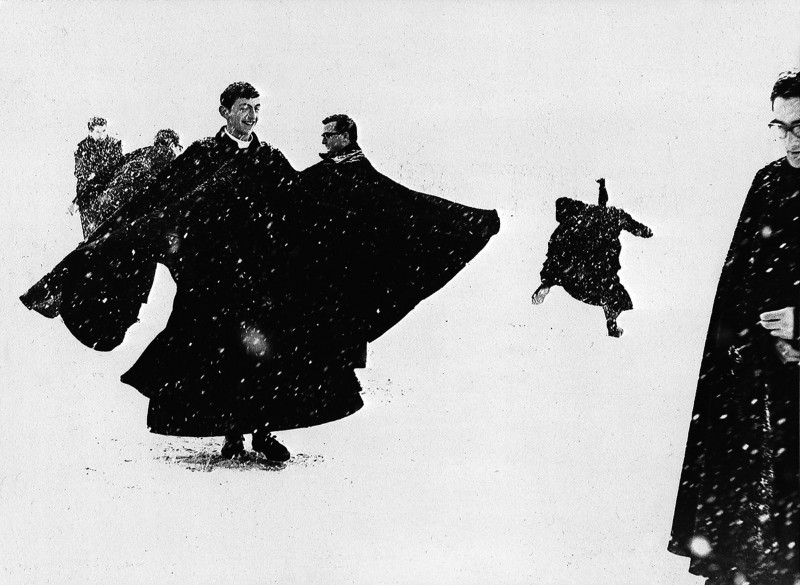Edition 2010
Walking-creating
The photographs and videos presented in the exhibition “Walking- Creating” at Galerie Aréna have a common feature: they were all created while their author was moving.
Traditionally, the question of mobility has largely been addressed by artists through the figure of the walking man, or ‘surveyor’. But in the 1960s, several of them made movement their prime, and even quasi-exclusive, means of creation. A photograph and/or a video, the sole trace of these ‘works’, safeguard the memory of events produced by creators who explore the world while walking and, as Thierry Davila writes, in an infra- thin manner insert themselves in it through actions.
In this case, where is the artwork? Is it the photo/video, the action itself, or the action and the witnessing thereof? Or all of these at once?
Many artists, like those featured here, have placed walking, ambulation and crossings at the centre of their creative process. Walking is an encour- agement to look at the world, to experience reality and explore it artisti- cally; to discreetly insert a slight imprint, a transformation that slips into the world as if it were the punctum, reaching the viewer in the place that he/she is crossing.
The artists in this exhibition are:
Francis Alÿs, Ariel Orozco, Lucien Pelen, Marco Godinho, Gérard Collin- Thiébaut, Hamish Fulton and Andre Cadere.
Laetitia Talbot, exhibition curator
The non-profit associations Asphodèle and Cultures Nomades Production are the exhibition’s partners.
The exhibition is produced by the National School of Photography
in Arles, and supported by several galleries (Aline Vidal and Suzanne Tarasieve in Paris, Galerie Hervé Bize in Nancy) and by the National Centre for Modern Art / Centre for Industrial Design at the Pompidou Centre, Paris.
Exhibition venue: Galerie Arena.
The photographs and videos presented in the exhibition “Walking-Creating” at Galerie Aréna have a common feature: they were all created while their author was moving. Traditionally, the question of mobility has largely been addressed by artists through the figure of the walking man, or ‘surveyor’. But in the 1960s, several of them made movement their prime, and even quasi-exclusive, means of creation. A photograph and/or a video, the sole trace of these ‘works’, safeguard the memory of events produced by creators who explore the world while walking and, as Thierry Davila writes, in an infra-thin manner insert themselves in it through actions. In this case, where is the artwork? Is it the photo/video, the action itself, or the action and the witnessing thereof? Or all of these at once? Many artists, like those featured here, have placed walking, ambulation and crossings at the centre of their creative process. Walking is an encouragement to look at the world, to experience reality and explore it artistically; to discreetly insert a slight imprint, a transformation that slips into the world as if it were the punctum, reaching the viewer in the place that he/she is crossing. The artists in this exhibition are: Francis Alÿs, Ariel Orozco, Lucien Pelen, Marco Godinho, Gérard Collin-Thiébaut, Hamish Fulton and Andre Cadere. Laetitia Talbot, exhibition curator
The non-profit associations Asphodèle and Cultures Nomades Production are the exhibition’s partners. The exhibition is produced by the National School of Photographyin Arles, and supported by several galleries (Aline Vidal and Suzanne Tarasieve in Paris, Galerie Hervé Bize in Nancy) and by the National Centre for Modern Art / Centre for Industrial Design at the Pompidou Centre, Paris.
Exhibition venue: Galerie Arena.












